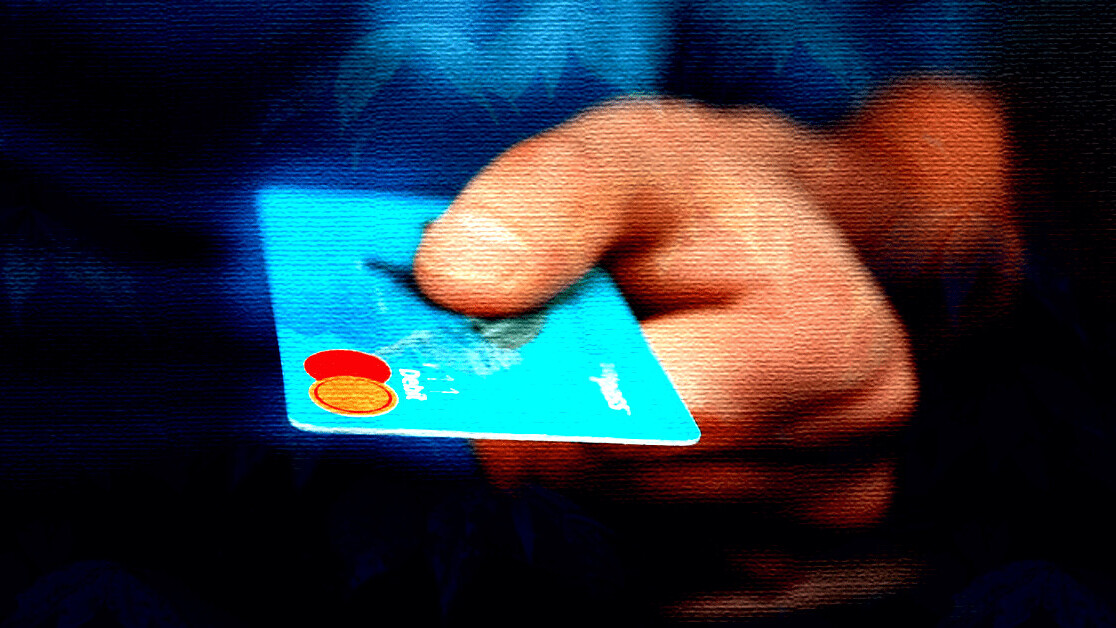
No matter what kind of startup you dream of creating, you’re going to need some funding to get it off the ground. And as an entrepreneur, there are more ways than ever to get the money you need — e.g. investors, traditional loans, crowdfunding, grants, or whatever you want.
You can even our own credit cards… which is exactly what I did for my second startup. Long story short? It’s not a method I’d recommend!
However, I did learn a thing or two in the process, hopefully these lessons can help you out in your own entrepreneurial journey.
Correct estimation of effort
The issue with most startups is that they’re woefully underfunded — it’s why the general rule that it takes two to three times the time and money you think it will need.
So, as you can imagine, fully funding my second startup with personal credit cards was a very stressful way to go about things, putting myself into that much debt right from the start.
The trick to all this is the correct estimation of effort. Not accurately estimating the amount of time, money, and effort it will take to build a successful startup is why so many of them fail. Just because your idea is a good one doesn’t protect you — if you don’t have things mapped out and properly funded before you dive in, you’re bound to fail.
The need for outstanding, thorough market research
What you need right from the start is a good product-market fit. This simply means that you’ve come up with a great service or item that has a lot of customer interest or demand (and potential continued demand for the future).
Making sure that you have product-market fit, however, takes some work — you have to do really good research, which includes thorough surveys and pilot offerings, to know what your potential customers think of your Minimum Valuable Product (or, MVP).
Once you know how they’re reacting and that you have customers willing to pay, you can get a pretty good sense of what the startup is going to take to be viable.
With this in mind, if you don’t do your homework, then it’s incredibly easy to underestimate the amount of money your startup is going to need. And regardless of how you’re funding your startup, if you don’t have enough to get things off the ground — you fail.
Because it’s true — you need to spend money to make money. So the key is to “know before you go.” And that might mean using your evenings and weekends to put in more time researching, but it’ll be worth it in the end because you’ll have a solid foundation to start from to ensure that any money you (or others) invest won’t be going down the drain.
Unnecessary sacrifices
Investors who might be interested in your startup are going to want specifics on valuation and what they’ll get back from you over time. Borrowing more for your business than you first anticipated on a credit card is tough in more ways than one — you put yourself in a very tough spot personally, but it can also make it hard to convince others you’ve really thought your concept through or that they’ll see a good return with decent liquidity.
Of course, consider interest rates from the practical, logistical side, too. Although you might be able to get a 0% introductory offer, personal credit cards can have interest rates that range anywhere from 15 to 25% after that introductory period ends. That’s significantly higher than other funding choices.
A Small Business Administration (SBA) loan, for example, usually is only 5.5 to 8%. So using a credit card is an expensive route that’s going to take you much longer to pay back — and the longer you’ve got money tied up in debt, the longer it will be before you can channel money into real growth and innovation.
Remember, too, that putting a lot on credit cards due to poor research can also have long-term ramifications outside of the business. It can lower your credit score, which can take other things you want — for example, a new house or sending your kids to college — off the table. And lots of people have trouble mentally processing how much they’re spending when they use plastic.
More than one well-meaning and excited entrepreneur has gotten their startup into trouble by seeing their cards as a source of bottomless funding.
Friends and family aren’t a bank
When you use credit cards to fund a startup, you might turn to friends or family to help you maintain good cash flow and pay the cards off every month. Or perhaps you want to ask them for a loan so you don’t have to use your cards in the first place. Either way, without evidence of a good product-market fit, you really don’t know that their investment won’t be lost.
It’s one thing to gamble with your own financial future but gambling with someone else’s requires a whole new level of accountability. So if you’re going to ask friends and family for a hand, make sure they understand exactly what it is they’re getting into. Don’t ask for money they don’t have or aren’t willing to lose.
The bottom line
Starting a business with your own personal credit cards might seem to have its advantages. For instance, they can be easy to get if you already have good credit, help you build a credit history for your business so it’s easier to get loans later and give you more flexibility in terms of cash flow. Perks like points and cash bonuses can also look attractive.
But based on what I went through with my own venture, these benefits aren’t enough to offset the higher long-term costs and risks plastic offers — to say nothing of the extra stress that any entrepreneur doesn’t need more of!
You’re far more likely to up the odds in your startup’s favor if you look at other choices that provide lower interest rates and the ability to become debt-free in less time. But no matter which funding option you go for or how much you require, always make sure you verify your product-market fit to fully understand your situation before you borrow.
Get the TNW newsletter
Get the most important tech news in your inbox each week.




